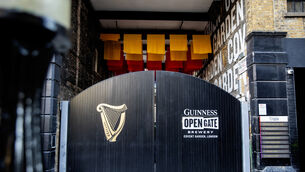Battersea to be sold off after court bid
Judge Geoffrey Charles Vos granted a request by creditors led by the National Asset Management Agency and Lloyds Banking Group Plc to appoint an administrator to sell the site.
The group will try to recover the entire £502 million owed by the project’s owners by selling the site, two people familiar with the matter said earlier this month.
















